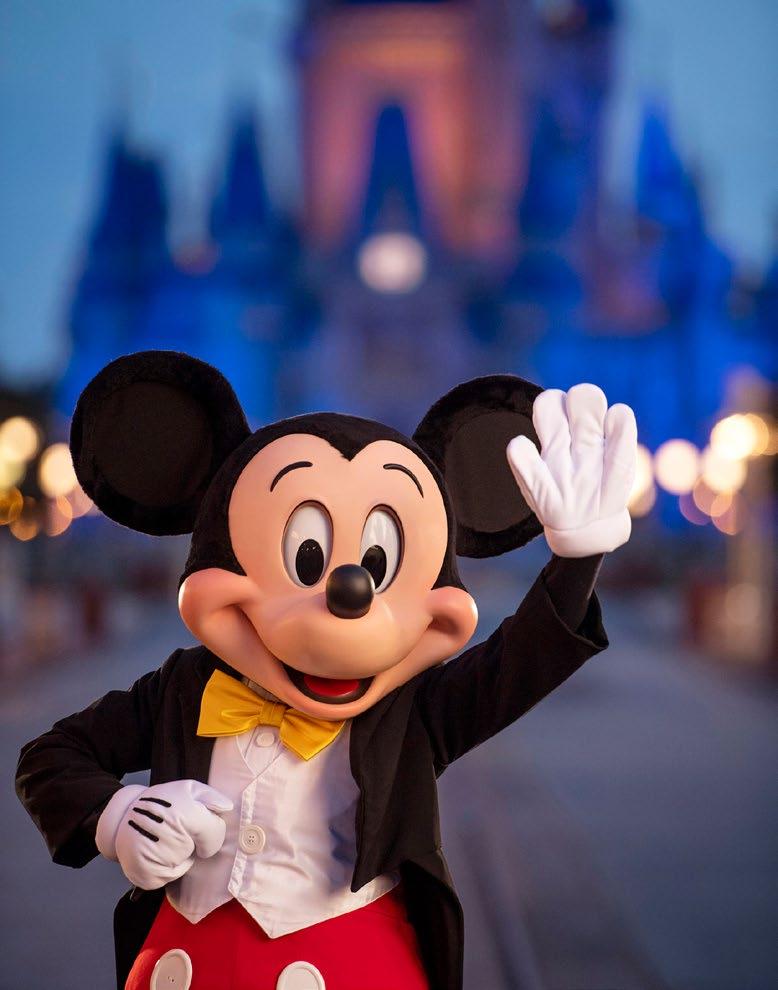
1 minute read
Building Brand Worlds
Our take on the history of worldbuilding from its sci-fi past to tech-infused present.
Words by Alex Wilson Executive Creative Director, Amplify
Middle Earth. Narnia. England.
From Tolkien’s Lord of the Rings to stepping through the wardrobe with C.S. Lewis to Aldous Huxley’s Brave New World, fantasy authors have always created worlds to populate with their characters, beliefs and stories.
The freedom these worlds gave their creators allowed them to play with physics, laws and social constructs in ways that immersed audiences and invited them to step outside their known reality.
Worldbuilding in this context can be a top to bottom creation, a parallel reality or forward facing into one of many potential futures set in a familiar context – as per the aforementioned Brave New World. Familiar and relatable details anchor the audiences in the moment before being exposed to the creative and expansive thinking of the authors.
It didn’t take long for film to follow in the footsteps of literary greats.
In 1902, Georges Méliès created Le Voyage dans la Lune, a silent short film that told the story of a spacecraft launched into the moon. Largely considered to be the first sci-fi film, it drew heavy inspiration from Jules Verne’s 1865 novel From the Earth to the Moon. Although not an example of worldbuilding in its own right, it opened creators’ eyes to the potential of the cinematic medium and catalysed the sci-fi cinema movement.
The world of Walt
Sci-fi didn’t have carte blanche over worldbuilding, however.
Arguably one of the most influential worldbuilders was a multi-hyphenate animator, producer, entrepreneur and pioneer of the American animation industry who followed a few decades later: Walt Disney.

As well as the cartoons, feature animations, live action films and theme parks, Disney came up with a concept for an entirely new type of city, EPCOT – Experimental Prototype Community of Tomorrow – though sadly it was never realised before his death in 1966.
At the heart of all these outputs was the audience. And it’s around the audience that The Walt Disney Company today still always builds the world, no matter the experience or IP. Regardless of theme, Disney Imagineers talk about the importance of focusing on the intangible ideas, lessons, values and concepts at the core of the story and how everything built within that world should support that story through experience and craft.
In 2012, after purchasing Pixar (2006) and Marvel (2009), The Walt Disney Company acquired Lucasfilm and, with it, the jewel in the crown: Star Wars. Pixar and Marvel have their own interconnected and hugely successful worldbuilding credentials, of course. But few examples of worldbuilding have the cultural impact of George Lucas’ sci-fi space opera.









